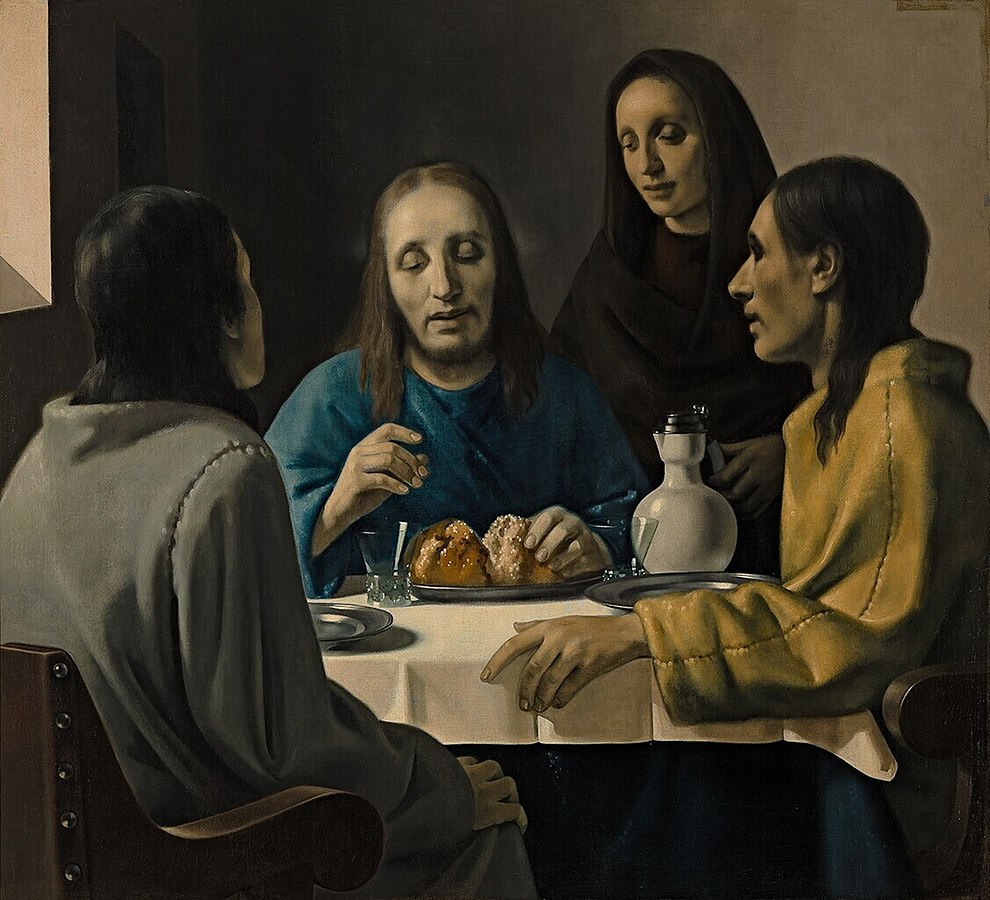Summary | Excerpt | Reviews | Beyond the book | Read-Alikes | Genres & Themes | Author Bio

The Life and Crimes of the World's Greatest Art Forger
by Tony Tetro, Giampiero AmbrosiThe world's most renowned art forger reveals the secrets behind his decades of painting like the masters - exposing an art world that is far more corrupt than we ever knew while providing an art history lesson wrapped in sex, drugs, and Caravaggio.
The art world is a much dirtier, nastier business than you might expect. Tony Tetro, one of the most renowned art forgers in history, will make you question every masterpiece you've ever seen in a museum, gallery, or private collection. Tetro's "Rembrandts," "Caravaggios," "Miros," and hundreds of other works now hang on walls around the globe. In 2019, it was revealed that Prince Charles received into his collection a Picasso, Dali, Monet, and Chagall, insuring them for over 200 million pounds, only to later discover that they're actually "Tetros." And the kicker? In Tony's words: "Even if some tycoon finds out his Rembrandt is a fake, what's he going to do, turn it in? Now his Rembrandt just became motel art. Better to keep quiet and pass it on to the next guy. It's the way things work for guys like me." The Prince Charles scandal is the subject of a forthcoming feature documentary with Academy Award nominee Kief Davidson and coauthor Giampiero Ambrosi, in cooperation with Tetro.
Throughout Tetro's career, his inimitable talent has been coupled with a reckless penchant for drugs, fast cars, and sleeping with other con artists. He was busted in 1989 and spent four years in court and one in prison. His voice—rough, wry, deeply authentic—is nothing like the high society he swanned around in, driving his Lamborghini or Ferrari, hobnobbing with aristocrats by day, and diving into debauchery when the lights went out. He's a former furniture store clerk who can walk around in Caravaggio's shoes, become Picasso or Monet, with an encyclopedic understanding of their paint, their canvases, their vision. For years, he hid it all in an unassuming California townhouse with a secret art room behind a full-length mirror. (Press #* on his phone and the mirror pops open.) Pairing up with coauthor Ambrosi, one of the investigative journalists who uncovered the 2019 scandal, Tetro unveils the art world in an epic, alluring, at times unbelievable, but all-true narrative.
The book is an easy read, full of interesting facts about forgeries, all centered around a pretty regular guy. Tetro's story really affected me, particularly when he recounts getting busted. We usually want to see the criminal caught and brought to justice. It's harder when the criminal is a nonviolent man painting at home. Though I expected the downfall, I hadn't considered the collateral damage. I saw how quickly Tetro's friends and associates disappeared and how many clients had betrayed him along the way, refusing to pay the thousand they owed him. Con/Artist demystified the world of art forgery for me...continued
Full Review
 (930 words)
(930 words)
(Reviewed by Erin Lyndal Martin).
 In Con/Artist, Tony Tetro explains the value of provenance, meaning how a painting came to be in a seller's possession. Sometimes, the provenance of a forgery is what we remember. In 1945, Dutch police arrested Han van Meegeren for collaborating with Nazis by selling them art. During the trial, van Meegeren explained what really happened. The trial elevated his status from forger to folk hero.
In Con/Artist, Tony Tetro explains the value of provenance, meaning how a painting came to be in a seller's possession. Sometimes, the provenance of a forgery is what we remember. In 1945, Dutch police arrested Han van Meegeren for collaborating with Nazis by selling them art. During the trial, van Meegeren explained what really happened. The trial elevated his status from forger to folk hero.
Van Meegeren had studied at the Royal Academy of Art in The Hague, but his work never caught on. His teachers and art critics alike said that it was fine technically but lacked originality. And in a time when abstract art was all the rage, van Meegeren's paintings of forest creatures held little appeal. Initially, he responded to harsh ...

If you liked Con/Artist, try these:

by Dean Jobb
Published 2026
In this captivating Jazz Age true crime about "the greatest jewel thief who ever lived" (Life Magazine), Arthur Barry, who charmed celebrities and millionaires while simultaneously planning and executing the most audacious and lucrative heists of the 1920s.

by Sarah Weinman
Published 2023
From the author of The Real Lolita and editor of Unspeakable Acts, the astonishing story of a murderer who conned the people around him - including conservative thinker William F. Buckley - into helping set him free